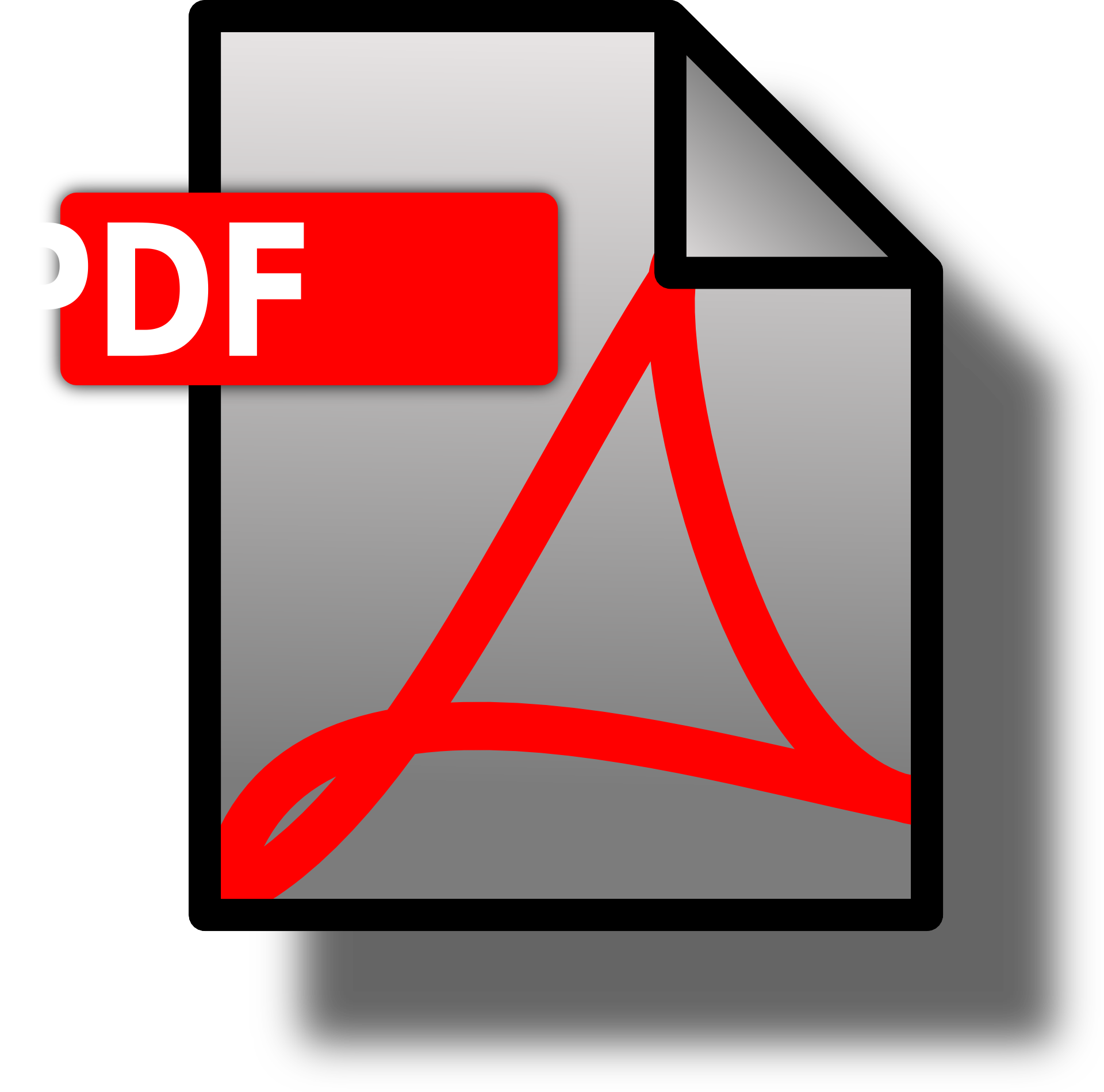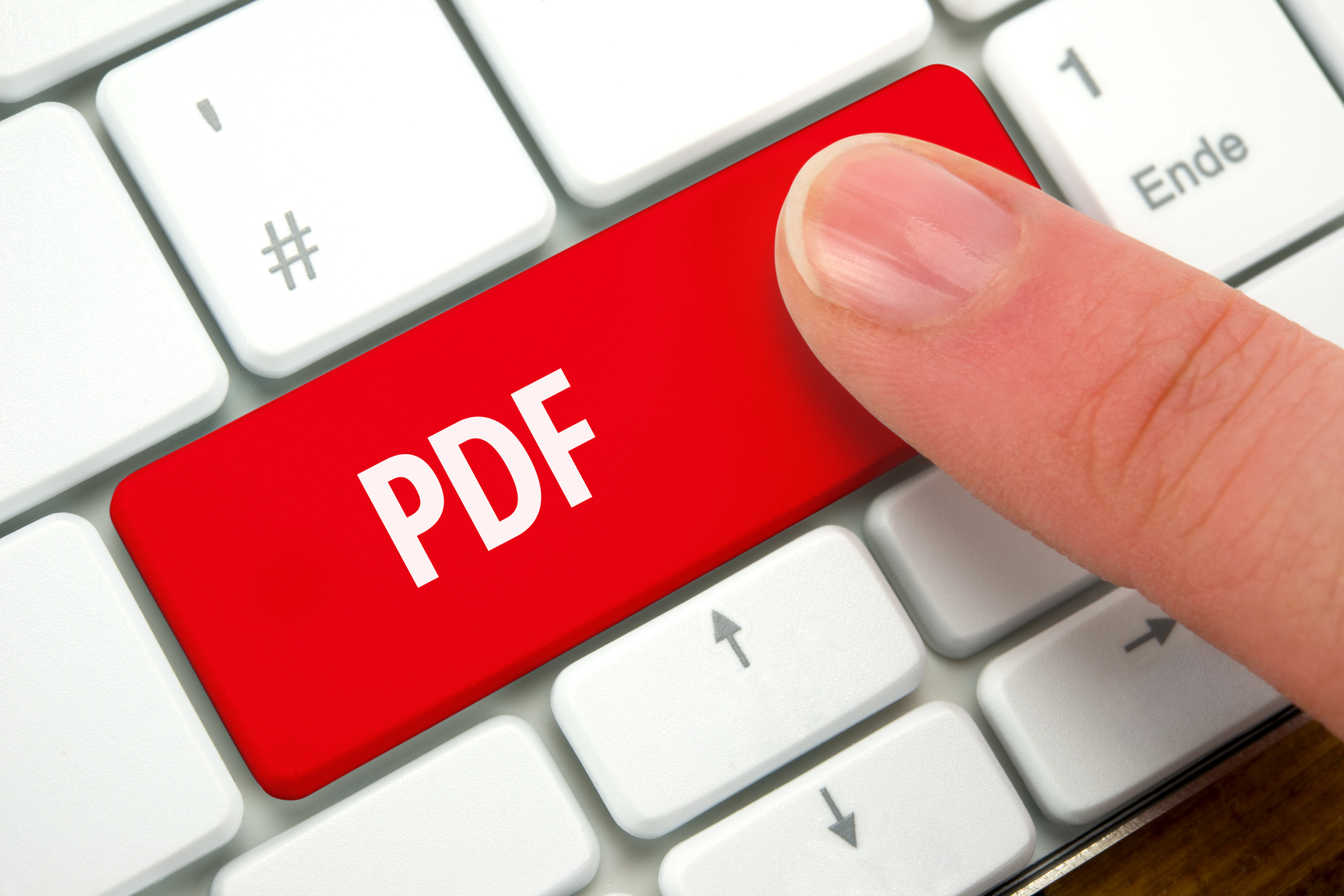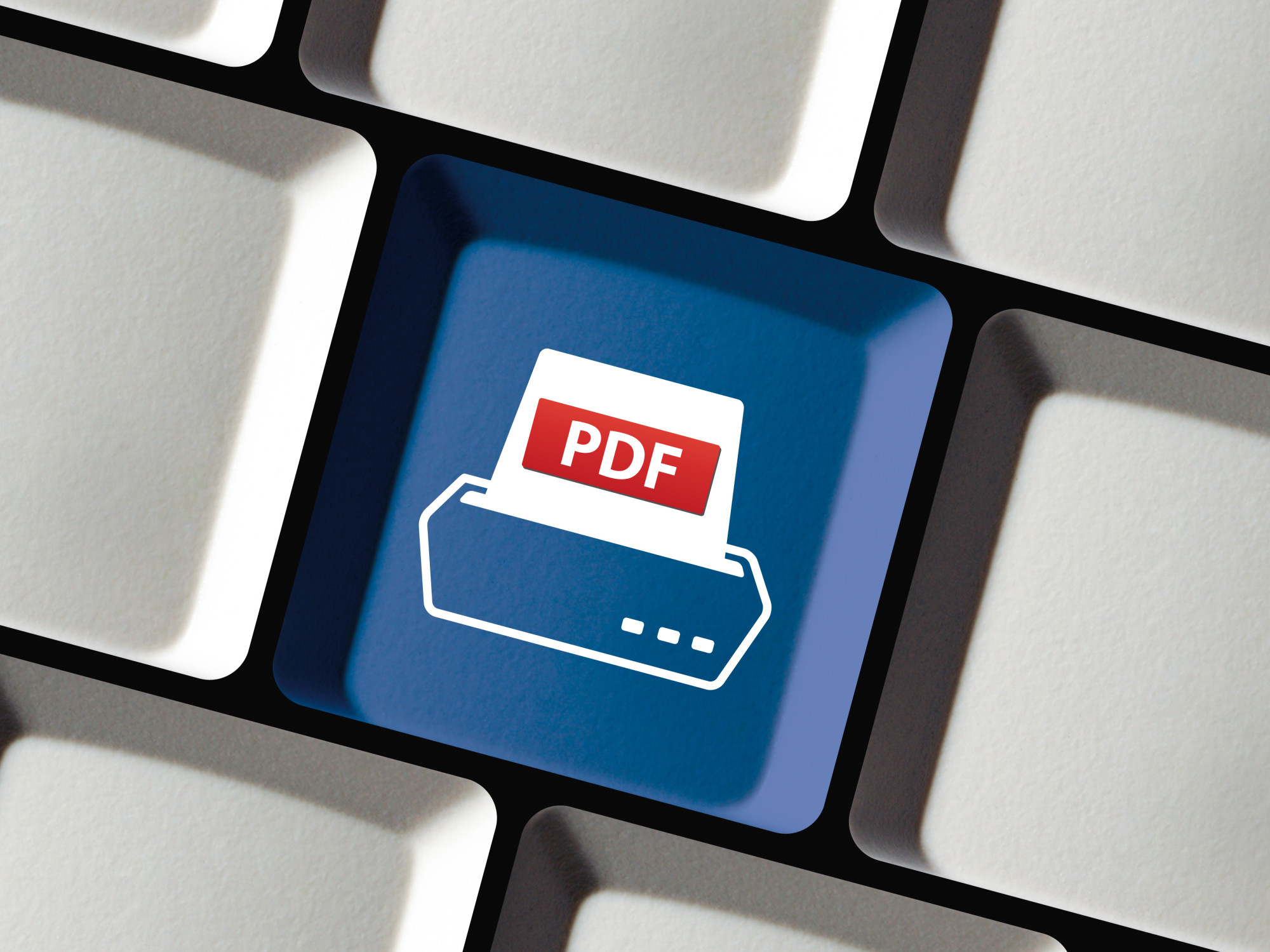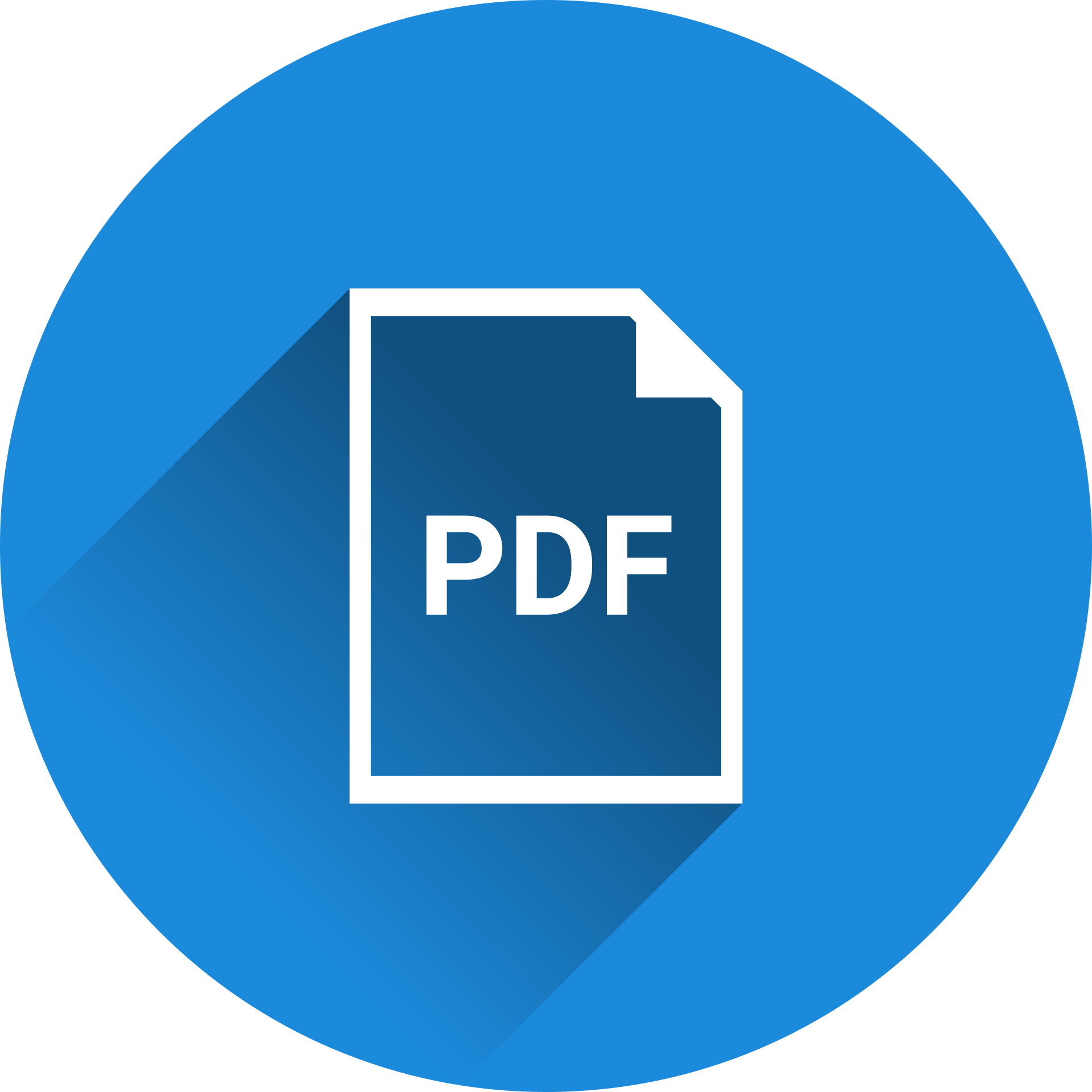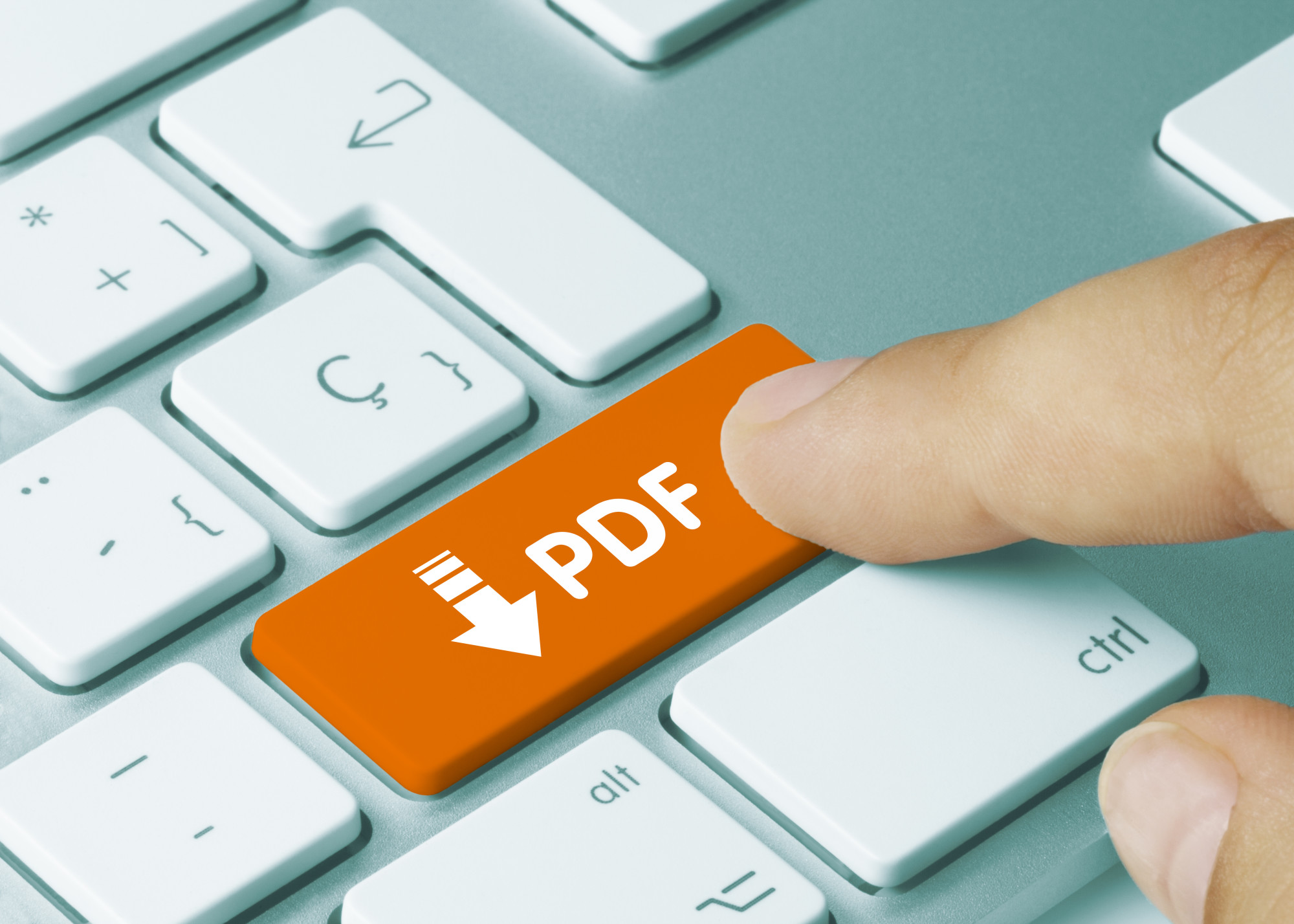Having a hard time opening an encrypted PDF?
Data breaches cost an average of $3.86 million worldwide. Thus, businesses must always secure company files.
A secure PDF helps provide extra roadblocks for information theft. However, it can also impact productivity if unbarring it takes a lot of time. Even with the correct password, not all applications have the capability to unlock a PDF.
Do you want to make it easier for you henceforth?
There are several ways to do this, and we’ve compiled the best ones for you. Here are two techniques on how you can pass through the security enforced on any PDF file:
Technique 1: If You Know the Password
Most PDF readers can open a password-protected PDF. Not all, however, will allow you to remove the password after you get through the security check. Without doing so, you’ll have to enter the PDF password every time you open it.
Here’s a method of accessing the PDF and removing the password check altogether:
Unlocking and Removing Password with Adobe Acrobat
Even if you know the password, entering it every time you open a document can be a hassle. You can use Adobe Acrobat to remove the password from an owner-locked PDF.
- Open the encrypted PDF file using Adobe Acrobat.
- A window will pop-up asking for the password. Enter the correct password.
- Once the file is open, locate the padlock icon. It’s on the left side of the window beneath the “Home” tab. Click on the said icon.
- Click on the Permission Details under the Security Settings.
- Go to the Security tab and then click on the Security Method. Choose the “No Security” option and then click the OK button.
- Finally, go to the File menu and hit Save.
Following these steps will open the PDF file and remove the password, as well, for faster access later.
Technique 2: If You Forgot Your Own Password
Don’t you hate it when you forget your own password on your PDF file? Forgotten passwords are a common issue, but there’s hope for your PDF file yet.
Below are two methods you can use to remove protection from your own PDF file. Choosing between these two will depend on which software is available to you:
Using Google Drive
Google Drive is the most accessible tool among the three. You should be able to open it, as long as you have an internet connection. Plus, you can use any browser you’re already accustomed to:
- Log in to your Google Drive account.
- On the top right corner, you’ll see a gear button. Click this, and the Settings option will appear.
- Now click on the Settings and look for Convert Uploads. Click the checkbox with “Convert uploaded files to Google Docs editor format.”
- Google Drive will ask you to upload your PDF file.
- Right-click on the PDF you want to open and choose the option “Open with Google Docs.”
- After uploading the file, click on “Download As,” then select either Docx or PDF format.
This method will download a copy of the PDF file that you can now open.
Using Google Chrome
If you’re using Google Chrome as your browser, you can use its built-in feature to open a secure PDF. However, this will only work if there are no printing restrictions enforced on the file.
- Right-click on the encrypted PDF file and choose “Open with Google Chrome.”
- After it opens on a new tab in Google Chrome, right-click on the PDF and choose the Print option.
- Then choose Microsoft Print to PDF and click on the print button.
- A window will pop up, and you can enter a new file name and the path where you want to save the new PDF file.
You’ll now have your own copy of the PDF, but this time it’s no longer password-protected.
Reasons for Locking PDF Files
The extra steps required to unlock a PDF are worth it if you consider the two main reasons for locking it. One is to control who gets to access the document, and the other is to limit who can alter it.
Bank statements sent to you through email are good examples of why encrypting a PDF is crucial. Encryption prevents viewing and alteration of PDF attachments on business emails.
Here are four reasons why it can be critical to lock PDF files:
Limiting Access
Locking a PDF file can create exclusivity. The added security allows access to customers and subscribers only.
You can also control the file’s distribution using digital rights management (DRM) software. Even if users have access to the file, they can’t share it with others who don’t have authorization.
Maintaining Content Integrity
Locking a PDF can help prevent someone else from editing the content. Annotations or approvals on existing owner-locked PDFs cannot be overridden.
Most students prefer PDF when exchanging documents with their classmates and professor. Encrypting it helps them preserve the file from unnecessary edits.
Enforcing Copyright Protection
One of the most common reasons to lock a PDF is to protect the document from copyright infringement. Adding a PDF password prevents unauthorized people from copying or printing the document.
The U.S. is strict in enforcing copyright laws. However, people from other countries can still copy your original work. It’s crucial to protect technical designs and product modifications from competitors.
Even with strong network security, encrypting confidential PDFs adds another level of protection.
Protecting Business Contracts
A digital signature is handy in business contracts. It prevents any of the authorized users from modifying the content. Any changes go always go through the owner for approval.
There are two steps in creating a digital signature to lock a PDF file. The first step is to create a digital ID. Then you need to use the ID and encryption certificate to create the digital signature.
The digital signature also adds another barrier. It prevents someone from copying or altering the document. Your PDF file with your digital signature will always be the original version.
Opening Encrypted PDF Files is Now Easier
As long the owner permits you to do so, you can now open an encrypted PDF.
Do you want more tips and tricks? We recommend reading our other articles in our blog. This tip article about converting SVG to EMF files is popular with our readers.


